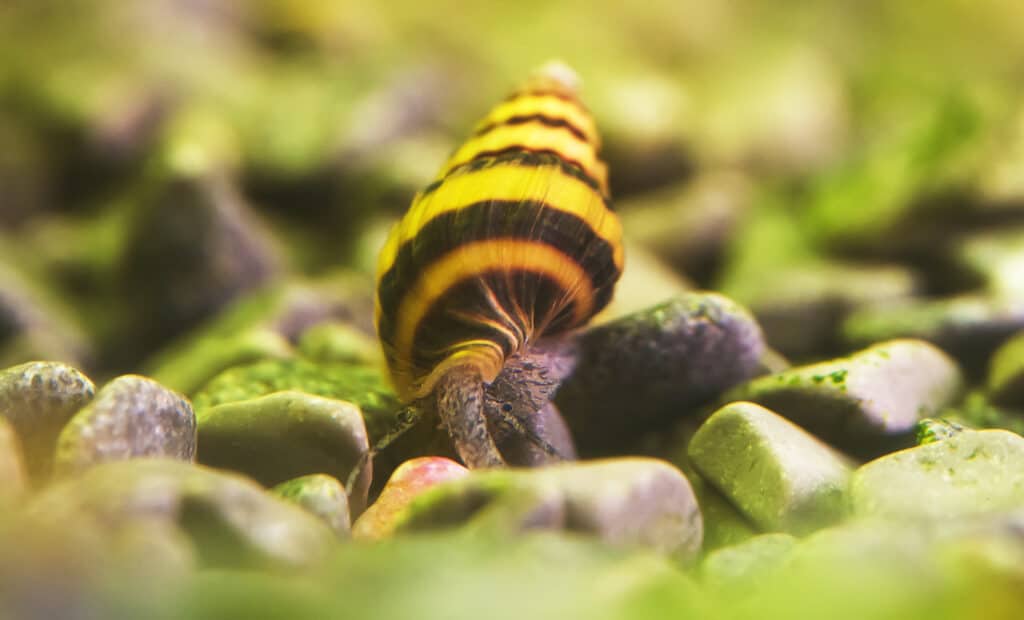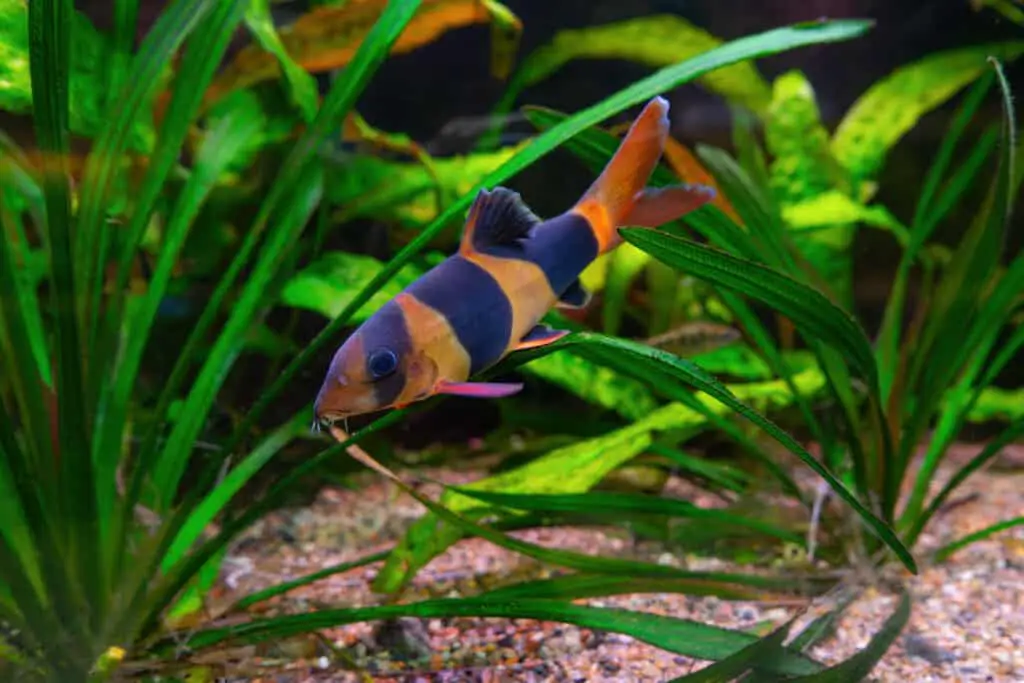
Aquarium enthusiasts often find themselves at the crossroads of managing their aquatic paradise, especially when confronted with the issue of pest snails, or controlling a snail population.
One popular solution is the introduction of assassin snails, these are snails that are known for their voracious appetite for their fellow snails.
However, as diverse as the world of fishkeeping is, there are also a multitude of options for those wishing to control a pest snail problem or a snail population without resorting to these tiny assassins.
Alternative options for assassin snails include introducing natural predators, the use of chemical solutions, manual removal, and adjusting the amount of food being used in the aquarium.
Let’s dive in as we explore the various alternative options available.
Understanding Your Needs
Depending on your situation, your solution varies, looking for an answer to existing snail populations that need controlling will differ from a tank without inhabitants at all.
If you haven’t added anything to your tank yet, and are looking for other snail recommendations that don’t have overpopulation concerns, consider the Nerite Snail.
You may also want to check out what other snails can be compatible with each other.
These colorful snails are not as prolific breeders as other species in freshwater tanks, as the larval stage requires brackish water.
If dealing with unwanted snails, then you must first understand the source of the problem.
In some cases, you can have wanted snails that just reproduce rapidly, and in some cases present the same issues of unwanted pest snails.
On the other hand, pest snails can quickly multiply, causing competition for food with your other tank inhabitants, nibbling on live plants, and sometimes, just overrunning your tank with their presence.
These pests can sneak in as stowaways on new plants, decorations, or even on the bodies of new fish.

Natural Predators
Adding a natural predator to control a snail population can be an excellent choice, as it can provide a great food source for the predator and at the same time keep the population in check.
Some of these predators include loaches and pufferfish.
Loaches
Coming from the botiid family, Loaches, especially Clown and YoYo varieties, are nature’s answer to snail infestations.
They are fun and interesting to watch in your tank but are also known to use snails as a food source, helping to keep populations under control.
Loaches can be an excellent solution to a snail problem, but before adding these excellent snail predators to your tanks, remember they will come with their own set of requirements.
This will include certain compatibility with your other tank inhabitants, water parameters, temperatures, and even the physical size of your tank.
Take all of these into consideration to ensure that they will be a perfect fit for your ecosystem.
Pufferfish
Pufferfish, like the Dwarf Pufferfish, are notorious for their insatiable appetite for snails.
They have special beaks that allow them to crush snail shells with ease.
These fish like others do have specific requirements.
Depending on the size of the pufferfish, this solution will be for a very select few because of the size of the tank needed for them to have a healthy and happy life.
Some species can also be quite aggressive, narrowing down the fit to an even more narrow field.
However, if your situation allows this amazing creature, it is one to consider, as they are charismatic and extremely entertaining to watch.
Chemical Remedies
This solution needs to be considered with caution because, with its benefits and effectiveness, there are several caveats.
A typical chemical used with these is copper, though effective in removing snails, it will also affect other invertebrates.
So if you have shrimp or other invertebrates in your tank, this should not be an option that is used.
This can also affect any live plants, and other copper-sensitive fish or other species.
Be sure if this is being considered, to only use it if one is willing to have the entire population of snails taken out, and that you have researched both the plants and other living creatures in your tank that can handle copper.
Manual Removal and Barriers
A hands-on approach can also be used as a solution.
This can be accomplished by using snail traps, or by physically removing the snails.
Additionally, introducing barriers or mesh at key points can halt the pest snail migration.
If dealing with a growth in a Mystery Snail population, you may be able to hinder the growth by ensuring the tank’s water levels are as high as possible.
These snails require their eggs to be laid just above the water line, and not providing this space can greatly reduce the speed at which they can reproduce.
This manual method does require more elbow grease than others, but it offers precision and immediate results.

Adjusting Food Quantity and Diet
Often, a surge in snail population can be traced back to overfeeding.
A major proponent of the size of the population is based on the available resources to them so that the overall number can be sustained.
Adjusting your feeding patterns, removing excess food, and reducing the amount being fed can greatly reduce their numbers.
You may also consider changing the type of food being used.
When feeding your other tank creatures, especially fish that don’t typically feed from the bottom, may benefit from food that takes longer to sink, as staying off the bottom for a longer period gives these fish a better opportunity to eat, without needing to add more food.
Final Thoughts
As with most things in the fish-keeping hobby, there’s no one-size-fits-all solution when it comes to managing your tank snail population.
Whether you’re a seasoned aquarist or a novice, understanding the nuances of your tank is key.
From natural predators to chemical remedies, or even just your fingers, the options are aplenty.
